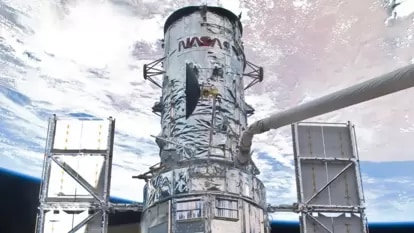Is this the way Earth is going to die? Death of Exoplanet shows how
An exoplanet which is approaching its end could provide insight into how Earth will die.
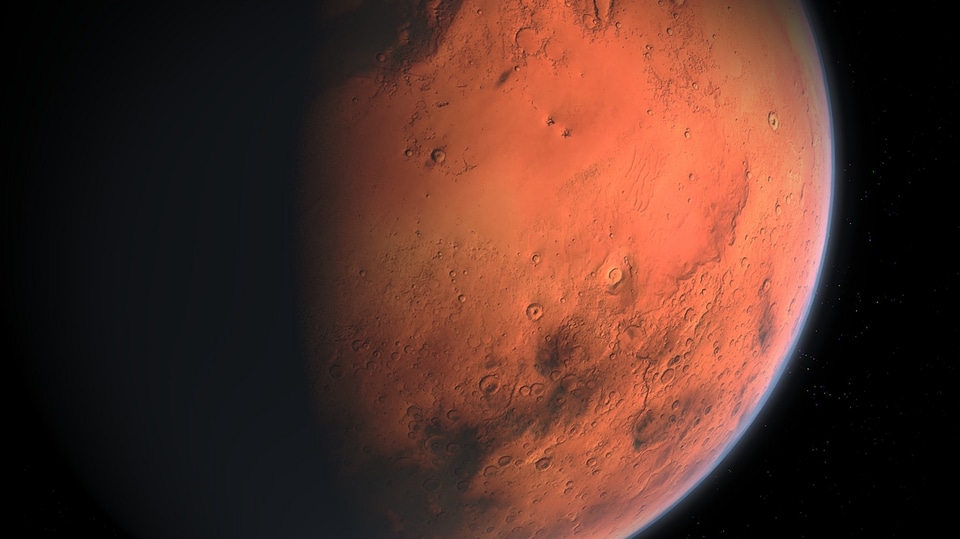
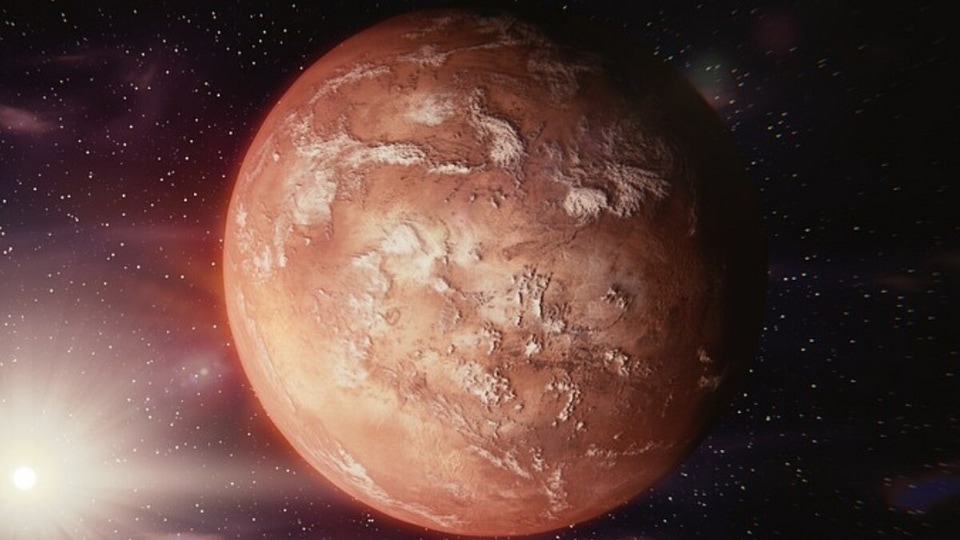
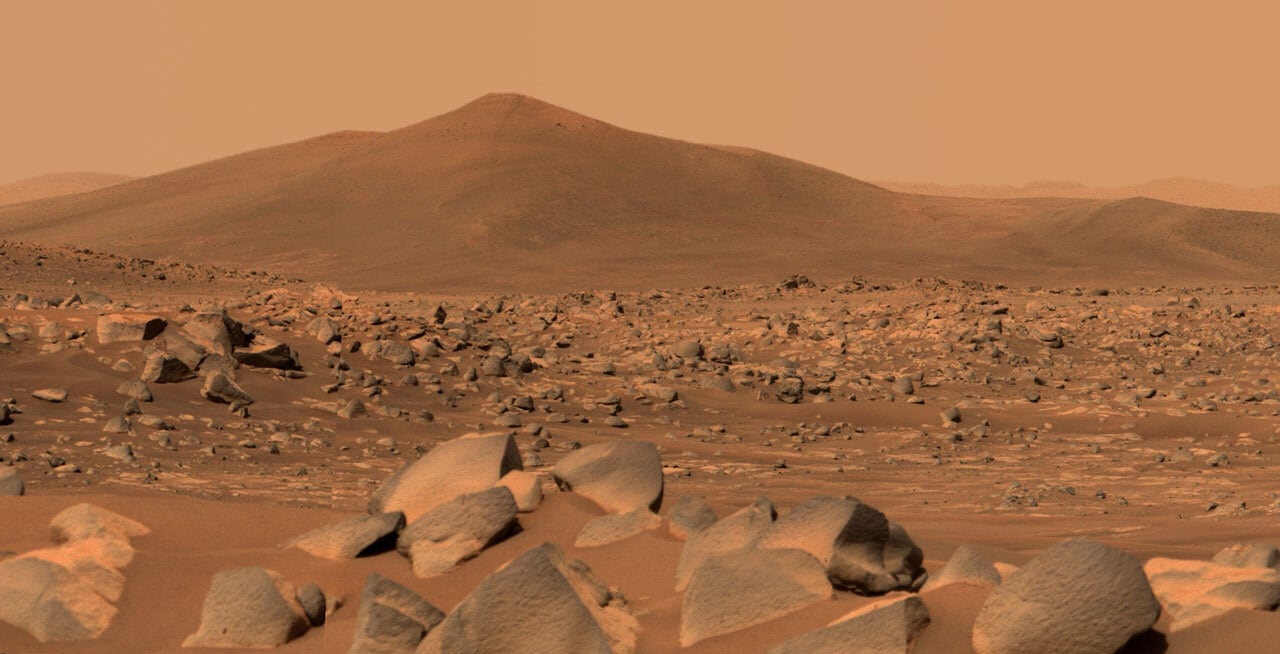

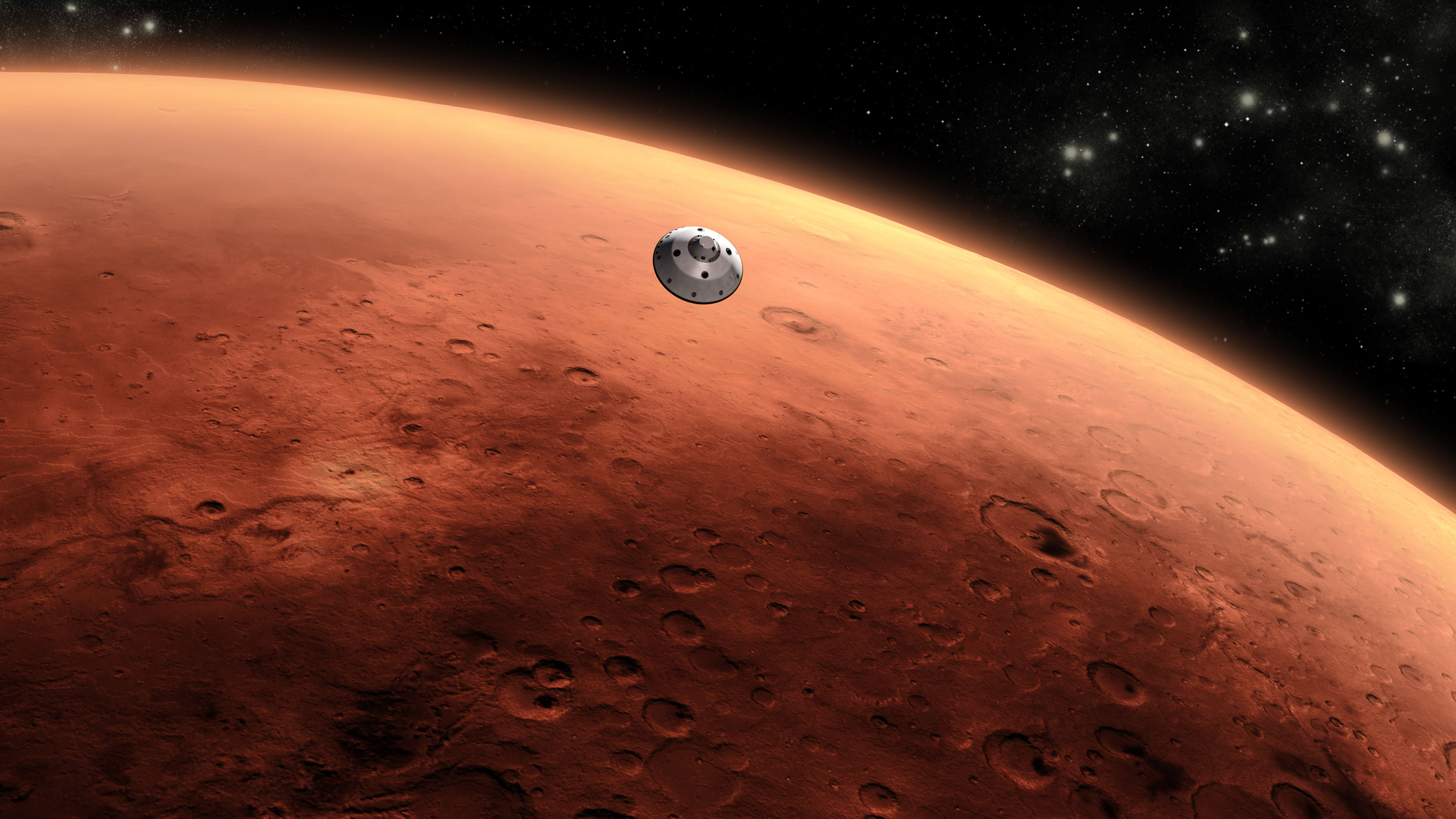
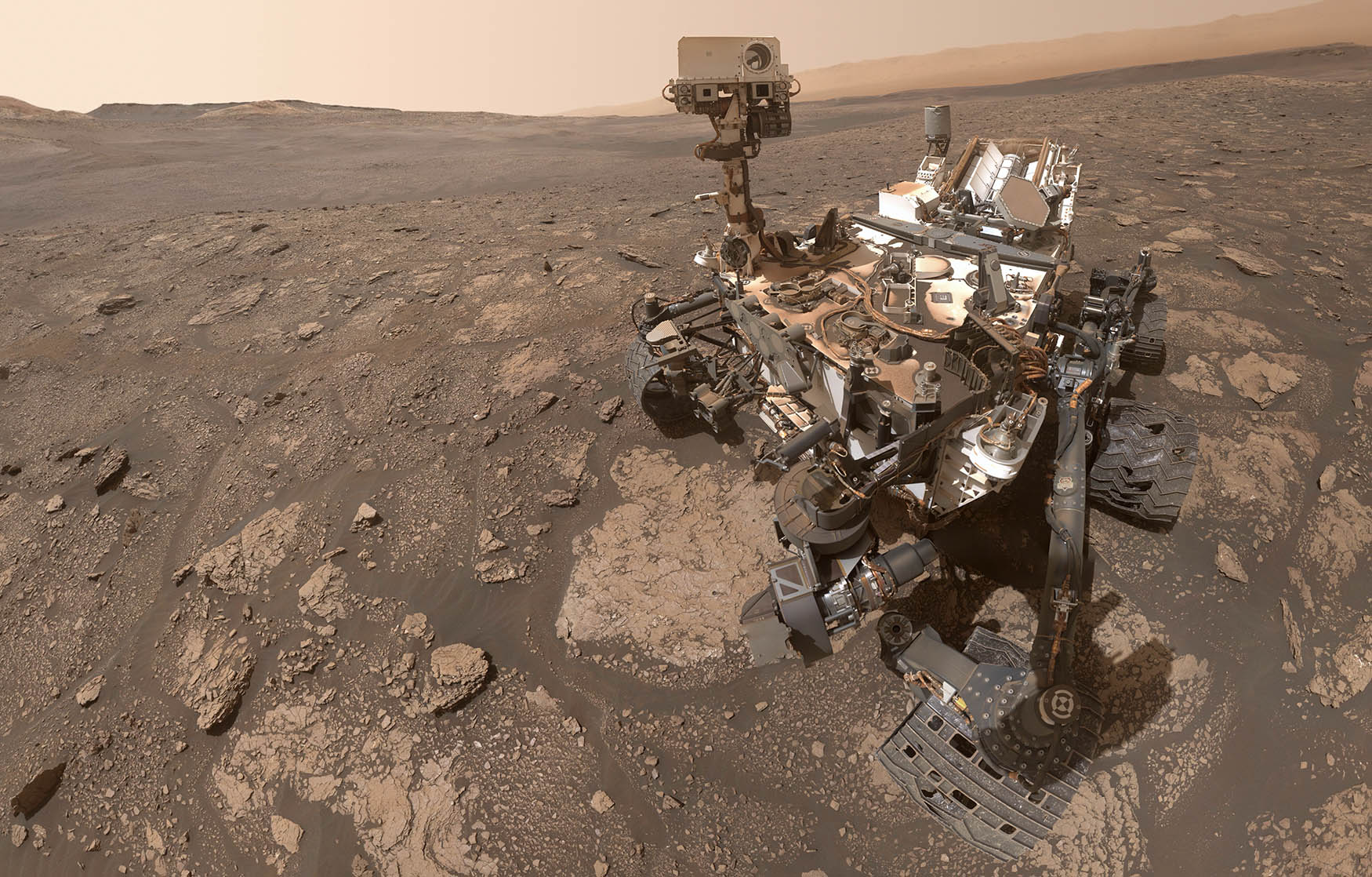
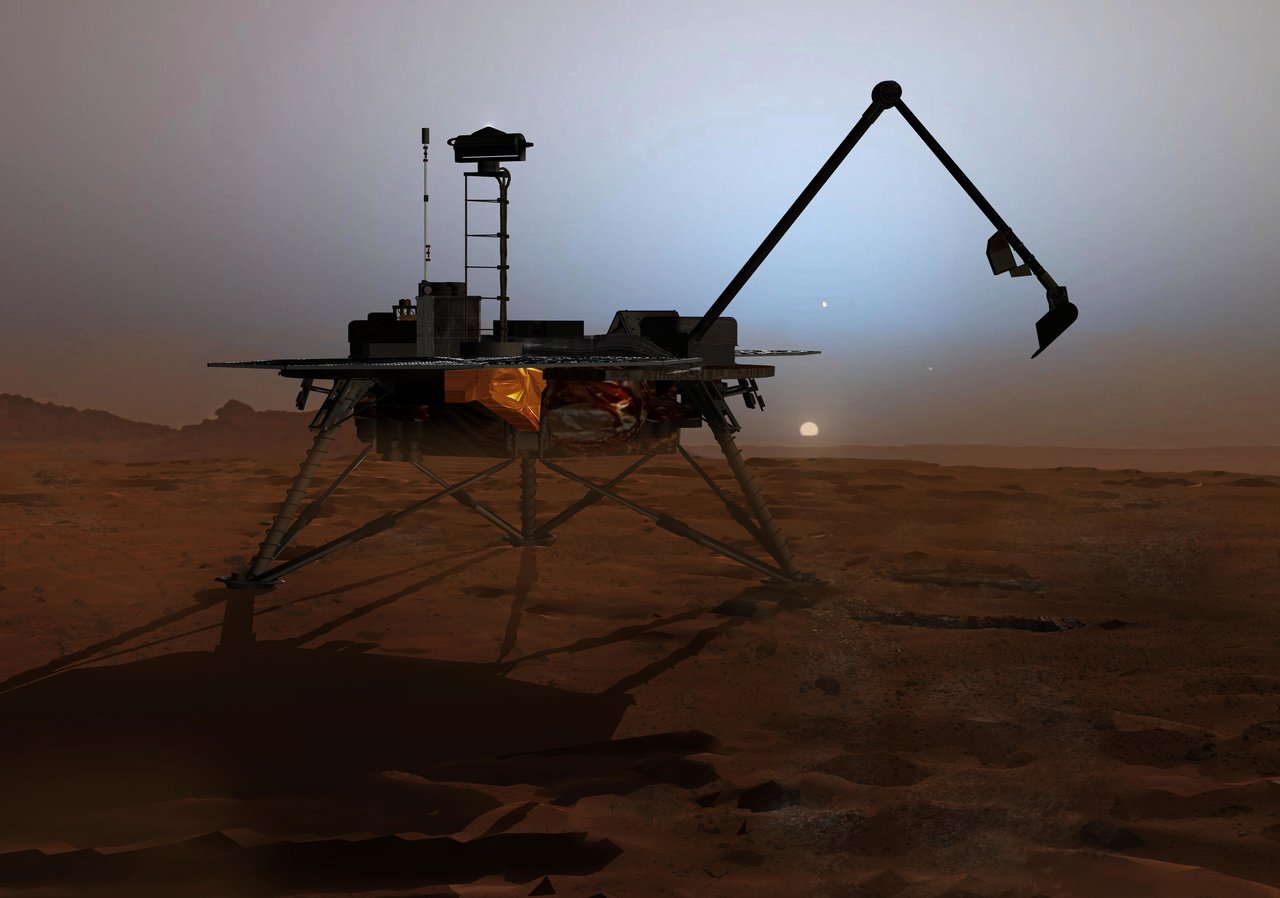
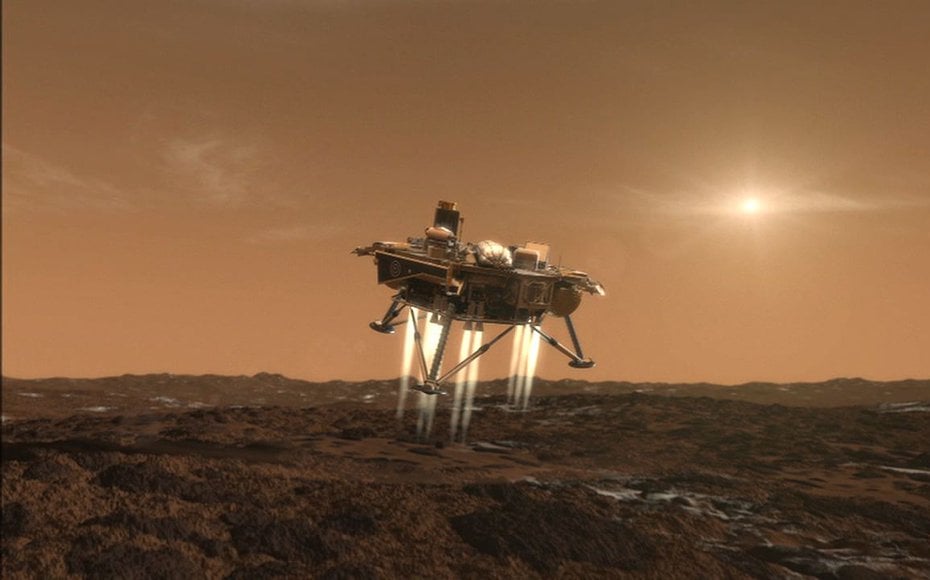
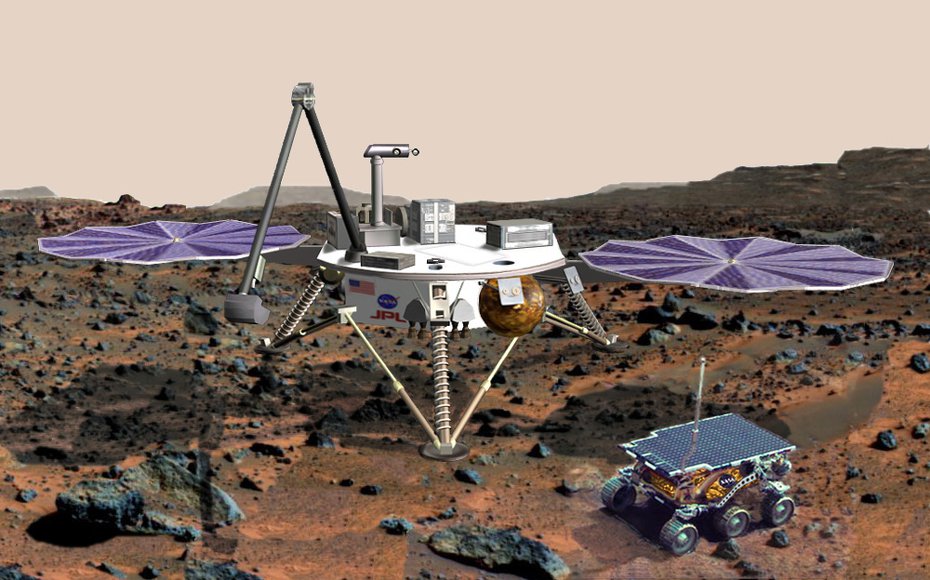

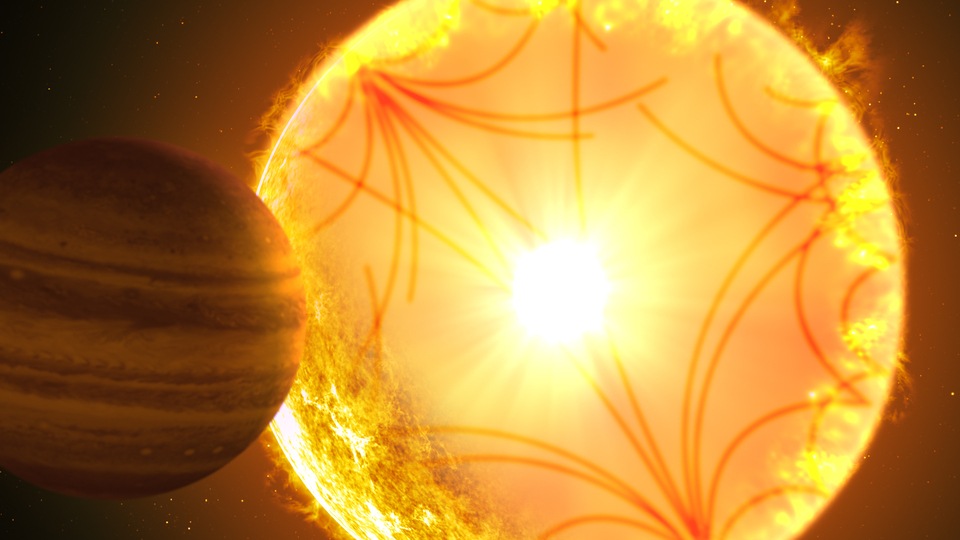
 View all Images
View all ImagesAn exoplanet which is spiralling towards its end into a star could give scientists new insight into how Earth will die. The exoplanet in discussion is Kepler-1658b which was the first planet-candidate to be discovered by NASA's Kepler Space Telescope. According to NASA, Kepler-1658b is a gas giant exoplanet that orbits an F-type star called Kepler 1658. Now, scientists have made a recent discovery about the exoplanet which could spell Earth's future demise.
In a recent study, scientists have observed that the exoplanet's orbit is decaying and it is likely to meet its end by colliding and falling into the star it orbits. This has given scientists a first glimpse into the last stage of existence of an exoplanet. The death of Earth could be in a similar way, whenever that may be. Shreyas Vissapragada, a 51 Pegasi b Fellow at the Center for Astrophysics | Harvard & Smithsonian and lead author of the study told Harvard website, "We've previously detected evidence for exoplanets inspiraling toward their stars, but we have never before seen such a planet around an evolved star. Theory predicts that evolved stars are very effective at sapping energy from their planets' orbits, and now we can test those theories with observations.” The findings of the study were published in the Astrophysical Journal Letters.
Earth to face a similar end?
A previous study by the European Space Agency (ESA) revealed that the Sun has entered its middle age, estimated to be around 4.57 billion years. Scientists say during its last years in the solar system, the Sun will engulf nearby planets like Mercury, Venus and Earth. The study concluded that the Sun will reach its peak temperatures nearly 8 billion years into the future after which it will lower its surface temperature and increase its size. It is during this expansion that the Sun will become a red giant, swallowing nearby planets.
The study states that interactions between a planet or brown dwarf and the hot gas in the star's outer envelope can result in a variety of outcomes depending on the stage of the evolution of the star and the size of the engulfed object.
Catch all the Latest Tech News, Mobile News, Laptop News, Gaming news, Wearables News , How To News, also keep up with us on Whatsapp channel,Twitter, Facebook, Google News, and Instagram. For our latest videos, subscribe to our YouTube channel.





